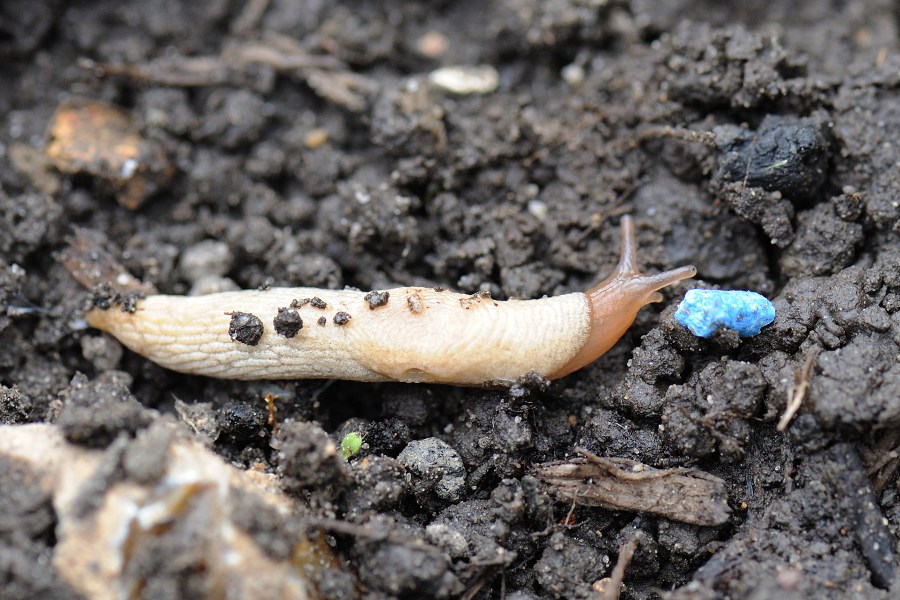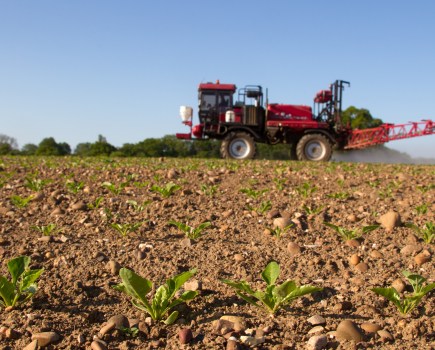With the recent wet weather in many parts of the UK, particularly in the north, leading to an increased risk of large slug populations, Hutchinsons has warned growers to be extra vigilant in monitoring crops during the vulnerable early stages of growth. Charlotte Cunningham reports.
As the weather continues to break across the country, regular monitoring and judging the risk of slug damage on a field by field basis remains critical to avoid unnecessary pellet applications, while still protecting crops from slug attack, says Dr David Ellerton, Hutchinsons technical development director.
“Ideally, bait trapping for potential slug problems should commence before cultivations begin. The treatment thresholds for oilseed rape are four or more slugs per trap in the previous standing cereal and one slug per trap in the previous cereal stubble. The threshold for cereals is four or more slugs per trap.”
“However, trapping is only an effective means of monitoring slug activity when the soil surface is moist and slugs are active,” he adds.
Therefore, he suggests an additional risk assessment for slug damage should be carried out, including impacts of the current and previous crops, field slug history, soil type, cultivations, seedbed quality, weather conditions and planting date, which can be used in conjunction with trapping to judge the need for chemical control.
“Direct drilled crops are particularly vulnerable while cultivations can significantly increase slug mortality.”
“It’s also important to avoid open, damp and cloddy seedbeds and produce a firm, consolidated seedbed in order to reduce slug movement below soil and increase seed to soil contact leading to more rapid germination and crop growth during the early most vulnerable phase.”
Increased risk
David also points out that anything which slows crop growth such as poor nutrition, weed growth or poor drainage will increase risk of damage. Crops grown on heavier soils are also more at risk particularly following leafy crops such as oilseed rape or where weed control has been inadequate.
“Crops are most vulnerable to slug damage during the first few weeks of growth, therefore the cut off point for monitoring cereals is the start of tillering and for oilseed rape the four-leaf stage,” he says.
“Slug pellets will continue to be the most important means of controlling slugs this autumn but other IPM measures including production of fine, firm seedbeds can have a significant impact.”
There are two main active ingredients available for slug control – metaldehyde and ferric phosphate although metaldehyde stocks will need to be used by end of March 2022 in the UK, he points out.
“Unlike metaldehyde, ferric phosphate is very specific to target only slugs and snails and so presents no threat to wildlife and can be used next to water courses and field boundaries.”
“But, unlike metaldehyde, slugs which ingest ferric phosphate do not die on the surface of the soil, where they can easily be found, but will crawl under the soil to die underground. However, they will rapidly stop feeding and so the crop will quickly recover following treatment.”




